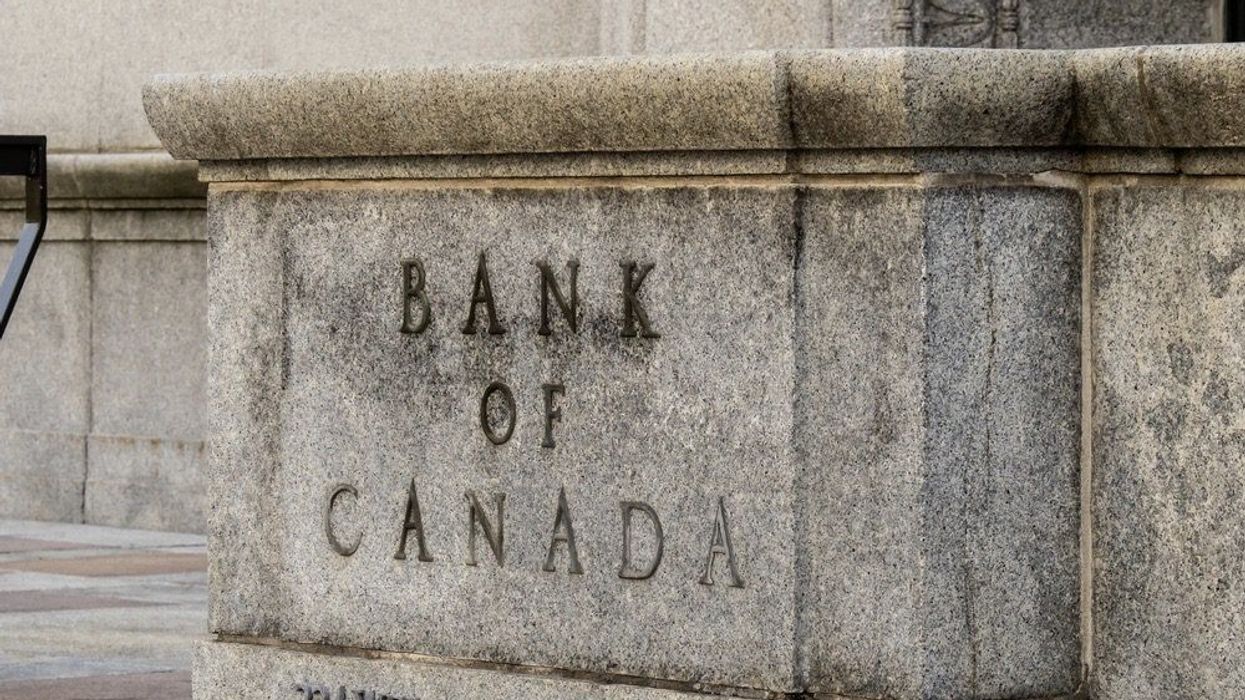Liftoff is here.
In its second announcement of the year, the Bank of Canada has implemented a hotly-anticipated increase to its trend-setting Overnight Lending Rate, upping it by 25 basis points to 0.5%, and officially kicking off the post-pandemic recovery hiking cycle.
Today’s increase -- the first since 2018 -- was all but an absolute certainty. After leaving markets guessing by declining to hike in its January announcement, inflation pressures cemented the need for upward movement, hitting 5.1% last month. Markets have more or less baked in another six or so hikes before the BoC is finished, eventually bringing the rate to a range between 1.75% - 2%, with Prime to follow suit -- levels not seen since March 2020, before the Bank implemented a number of emergency rate cuts in response to pandemic lockdowns.
Of course, the Russian invasion of Ukraine has thrown fresh uncertainty onto the path for monetary policy, as geopolitical tensions mount, and energy prices become extremely volatile. The price of oil has rollercoastered in the days since the Russians breached the border, spiking above the $100 / barrel mark on February 24, and again today, with Brent hitting $11.3 / BBL, and WTI at $108.7/ BBL. That’s set to usher in painful gas prices at the pump this week, and pile even more pressure on inflation, further forcing acting from policy makers.
“The unprovoked invasion of Ukraine by Russia is a major new source of uncertainty. Prices for oil and other commodities have risen sharply,” states the Bank in its release. “This will add to inflation around the world, and negative impacts on confidence and new supply disruptions could weigh on global growth. Financial market volatility has increased. The situation remains fluid and we are following events closely.”
Canadian Economy Performs Better Than Expected
On the home front, however, the BoC is strongly bullish on the economy as real GDP growth ended last year at 6.7% growth in Q4, making it the strongest three months of 2021. That’s better than the Bank had forecasted in its Monetary Policy Report in January, prompting confidence that “the economic slack has been absorbed.” The imports and exports sectors have been picking up steam as global supply chains challenges unwind and -- despite interruptions to the labour market at the start of the year -- the rebound from the impact of the Omicron variant appears well under way, and will continue to do so as health restrictions are lifted.
Of course, sales activity and price growth have continued to skyrocket in the housing market, all of which are contributing to an expected robust performance in Q1.
Inflation to Keep Running Hot… For Now
Inflation continues to be the dominant factor behind monetary policy direction, remaining well above the Bank’s 2% target range, pushing up the cost of living and prices in nearly every sector, but especially food and energy. Given the new pressures on oil supply, Canadians can expect inflation to continue to run hot, until rising rates effectively work their way through the economy.
“All told, inflation is now expected to be higher in the near term than projected in January,” states the release. “Persistently elevated inflation is increasing the risk that longer-run inflation expectations could drift upwards. The Bank will use its monetary policy tools to return inflation to the 2% target and keep inflation expectations well-anchored.”
Read: More Than Half of Canadians Can’t Keep Up With Bills as Inflation Soars
While the Bank’s Governing Council “expects interest rates will need to rise further” in response to inflation and the expanding economy, it is also considering when it add quantitative tightening to the mix. Currently the Bank remains in its “reinvestment phase”, keeping its holdings of Government Canada bonds on its balance sheet. Investors can expect this to unwind as economic data continues to be strong.
What’s The Impact for Mortgage Borrowers?
As the BoC’s Overnight Lending Rate is used as the threshold for the Prime rate -- used by consumer lenders when setting their variable-rate mortgage and line of credit pricing -- borrowers with market-facing debt can expect either higher payments or less of their payment going toward their principal debt.
Leah Zlatkin, mortgage broker and expert at LowestRates.ca, calculates that an owner of the average Canadian home priced at $720,000 (with a 10% down payment and 25-year amortization) will see their monthly mortgage payment rise by $77 as a result of today's hike, based on a mortgage rate of 1.2%.
However, as variable mortgage rates remain at historical lows, they're still a considerably cheaper option than fixed, which are also poised to rise; while not directly correlated to the Bank of Canada’s rate, they too are due for some volatility as the bond market reacts to both today’s rate hike, as well as global instability. Yields have been steadily rising over the long term - up 22 bps over the last three months, which have prompted lenders to hike their fixed rates.
“For those worried about the impact on their wallets, this overnight interest rate increase will mean no immediate change for those with a fixed-rate mortgage. Even so, fixed rates are going up, which could present an issue at renewal time for those that locked in at a fixed rate of under two per cent in 2020 or 2021,” says Zlatkin. “Today’s variable rates are still very low, and it will take multiple increases to push variable rates up enough to make them comparable to today’s fixed rates.”
It should be noted, however, that as investors’ reaction to the Russia-Ukraine conflict has been to pile into safe haven investments, those aforementioned bond yield gains have been wiped out with a 24-bps plunge over the past five days. Should this continue, borrowers may see some discounting in the near term - but it’s hard to know how things will pan out at this stage.
The next Bank of Canada announcement is set for April 13, 2022.





















